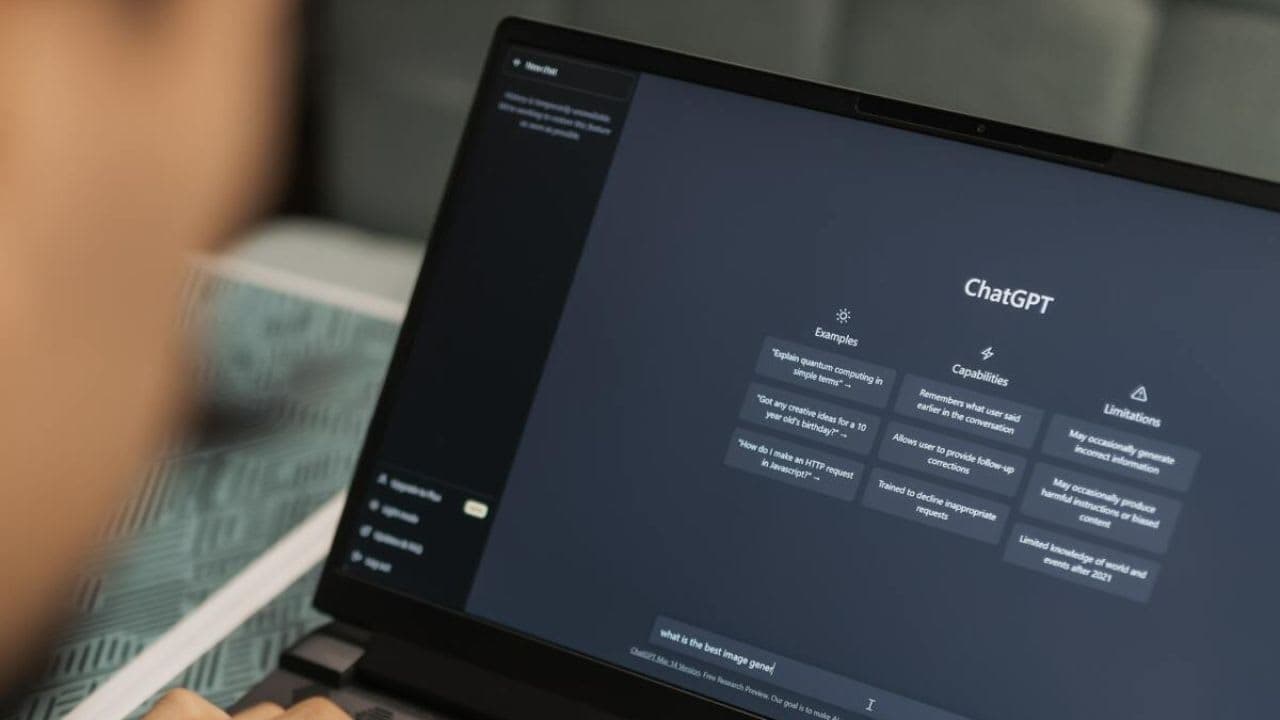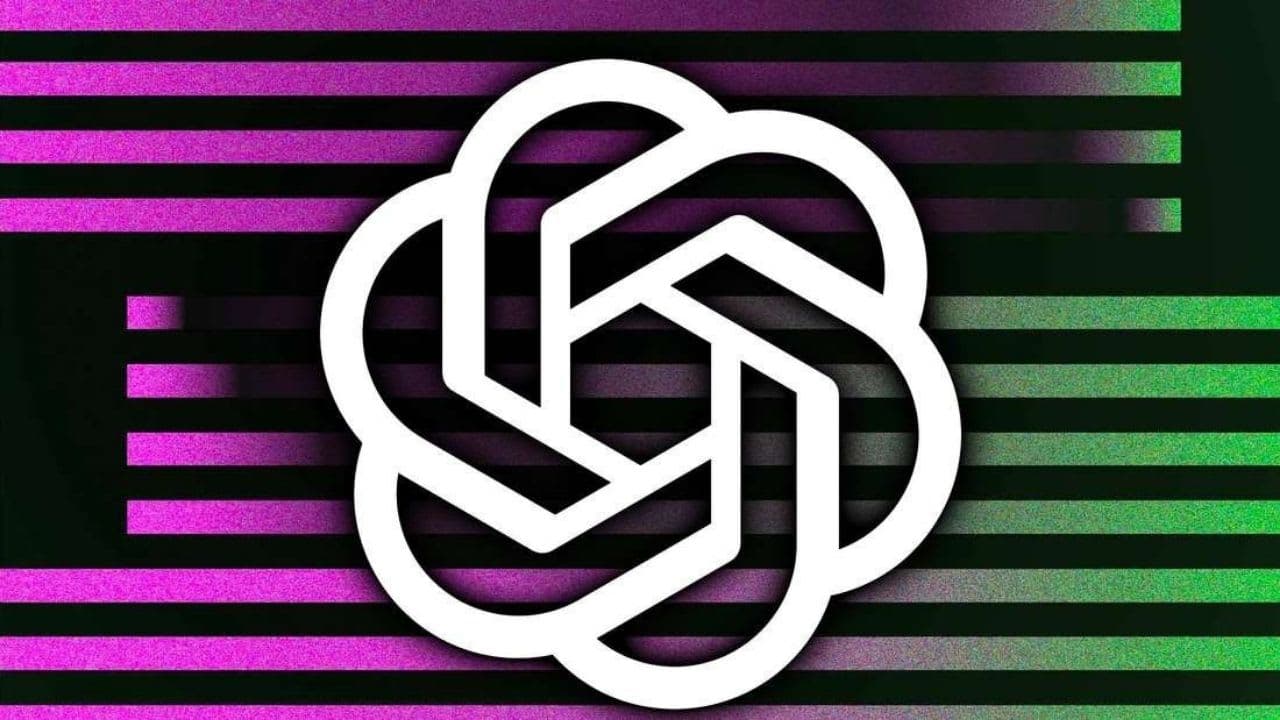How to Get ChatGPT Unblocked for School in 2025 (7 Working Methods)
John Markoff on automation, jobs, Deep Learning and AI limitations
 My sense, after spending two or three years working on this, is that it’s a much more nuanced situation than the alarmists seem to believe. Brynjolfsson and McAfee, and Martin Ford, and Jaron Lanier have all written about the rapid pace of automation. There are two things to consider: One, the pace is not that fast. Deploying these technologies will take more time than people think. Two, the structure of the workforce may change in ways that means we need more robots than we think we do, and that the robots will have a role to play. The other thing is that the development of the technologies to make these things work is uneven.
My sense, after spending two or three years working on this, is that it’s a much more nuanced situation than the alarmists seem to believe. Brynjolfsson and McAfee, and Martin Ford, and Jaron Lanier have all written about the rapid pace of automation. There are two things to consider: One, the pace is not that fast. Deploying these technologies will take more time than people think. Two, the structure of the workforce may change in ways that means we need more robots than we think we do, and that the robots will have a role to play. The other thing is that the development of the technologies to make these things work is uneven.
Right now, we’re undergoing a rapid acceleration in pattern recognition technologies. Machines, for the first time are learning how to recognize objects; they’re learning how to understand scenes, how to recognize the human voice, how to understand human language. That’s all happening, no question that the advances have been dramatic and it’s largely happened due to this technique called deep learning, which is a modern iteration of the artificial neural nets, which of course have been around since the 1950s and even before.
What hasn’t happened is the other part of the AI problem, which is called cognition. We haven’t made any breakthroughs in planning and thinking, so it’s not clear that you’ll be able to turn these machines loose in the environment to be waiters or flip hamburgers or do all the things that human beings do as quickly as we think. Also, in the United States the manufacturing economy has already left, by and large. Only 9 percent of the workers in the United States are involved in manufacturing.
There’s this wonderful counter situation to the popular belief that there will be no jobs. The last time someone wrote about this was in 1995 when a book titled The End of Work predicted this. The decade after that, the US economy grew faster than the population for the next decade. It’s not clear to me at all that things are going to work out the way they felt.
The classic example is that almost everybody cites this apparent juxtaposition of Instagram—thirteen programmers taking out a giant corporation, Kodak, with 140,000 workers. In fact, that’s not what happened at all. For one thing, Kodak wasn’t killed by Instagram. Kodak was a company that put a gun to its head and pulled the trigger multiple times until it was dead. It just made all kinds of strategic blunders. The simplest evidence of that is its competitor, Fuji, which did very well across this chasm of the Internet. The deeper thought is that Instagram, as a new?age photo sharing system, couldn’t exist until the modern Internet was built, and that probably created somewhere between 2.5 and 5 million jobs, and made them good jobs. The notion that Instagram killed both Kodak and the jobs is just fundamentally wrong…
…What worries me about the future of Silicon Valley, is that one-dimensionality, that it’s not a Renaissance culture, it’s an engineering culture. It’s an engineering culture that believes that it’s revolutionary, but it’s actually not that revolutionary. The Valley has, for a long time, mined a couple of big ideas…
…In fact, things are slowing down. In 2045, it’s going to look more like it looks today than you think.
Source: Edge


